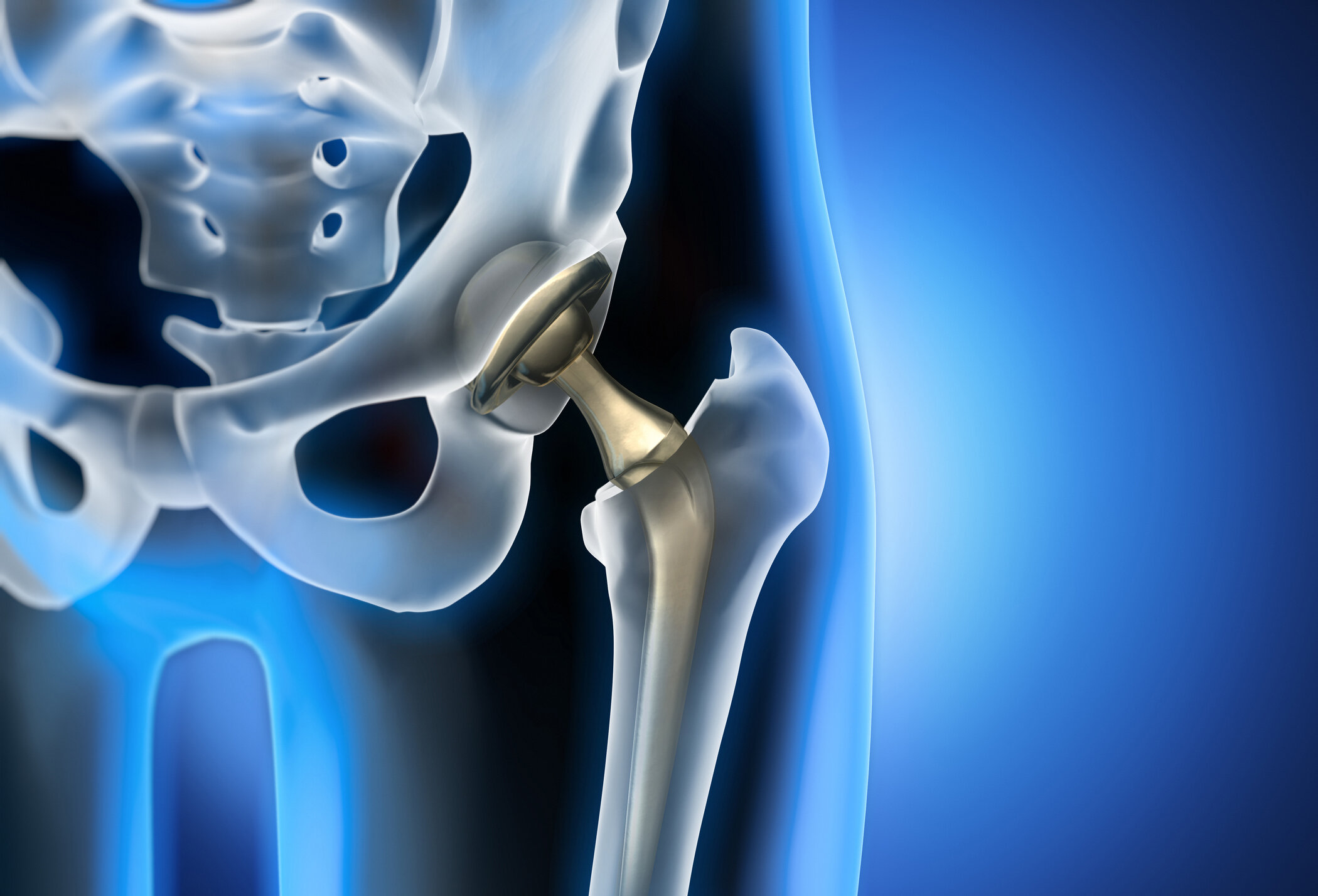What Is a Partial Hip Replacement?
A total hip replacement is a standard procedure performed across the United States. But what about a partial hip replacement? Also known as a hemiarthroplasty, a partial hip replacement replaces the hip joint ball while leaving the socket intact.
Here’s what occurs during a partial hip replacement and how to know if it’s right for you.
Partial Hip Replacement vs. Total Hip Replacement
The most important distinction between partial and total hip replacements is that the majority of hemiarthroplasty candidates have no significant arthritic issues. Partially hip replacements are typically performed to repair damage from orthopaedic trauma - such as hip fractures.
Unlike the knee (which has three compartments), the hip is a single ball and socket joint. During a partial hip replacement:
Your surgeon will remove the damaged bone tissue and cartilage from the hip joint.
The new ball implant is attached to a stem and set into the femur. This is then fixed into place inside the joint.
Once fixed, the ball implant rotates inside the natural socket, which is covered by healthy cartilage.
The cartilage helps to lubricate the implant’s rotational movement, absorb shock, and evenly distribute stress across the bone.
The main risk of a partial hip replacement is that the artificial ball can wear down the cartilage over time. This leads to pain and can compromise the implant.
Whereas a total hip replacement is used to treat arthritic damage to the hip joint, a partial hip replacement is used to repair certain hip fractures where only the head of the femur bone is damaged. If both the femur and acetabulum (socket of the hipbone) are damaged, a total hip replacement is needed.
What to Expect After a Partial Hip Replacement
Partial hip replacement surgery can take up to three hours, but patients are able to walk almost immediately after surgery. At The Steadman Clinic, Dr. Cafferky offers outpatient hip surgery - meaning his patients can recover in the comfort of their own home.
Other benefits to partial hip replacement include:
Less blood loss
Reduced pain
Faster recovery time
Smaller physical area impacted
Dr. Cafferky and his team will send all partial hip replacement patients home with a comprehensive home care plan. This includes:
Pain management
Hip precautions
At-home exercises for restoring strength, balance, and flexibility
Instructions for changing bandages and cleaning the incision site
The majority of partial hip replacement patients experience mild swelling and pain up to four months post-surgery. Complete recovery from a hemiarthroplasty is usually less than six months, but most patients can resume normal activities about four to six weeks post-op.
Am I a Candidate for a Partial Hip Replacement?
Dr. Cafferky and his team at The Steadman Clinic have helped thousands of patients regain full use of their joints and reclaim their active lifestyles. If you are considering hip replacement, contact Team Cafferky today!
Using the latest in joint innovation, Dr. Cafferky will recommend a treatment plan that gets you back on your feet, doing the activities you love. Schedule your appointment today by calling (970) 476-1100 or request a consultation on our online platform.
Don’t wait - find out if a partial hip replacement is right for you!



